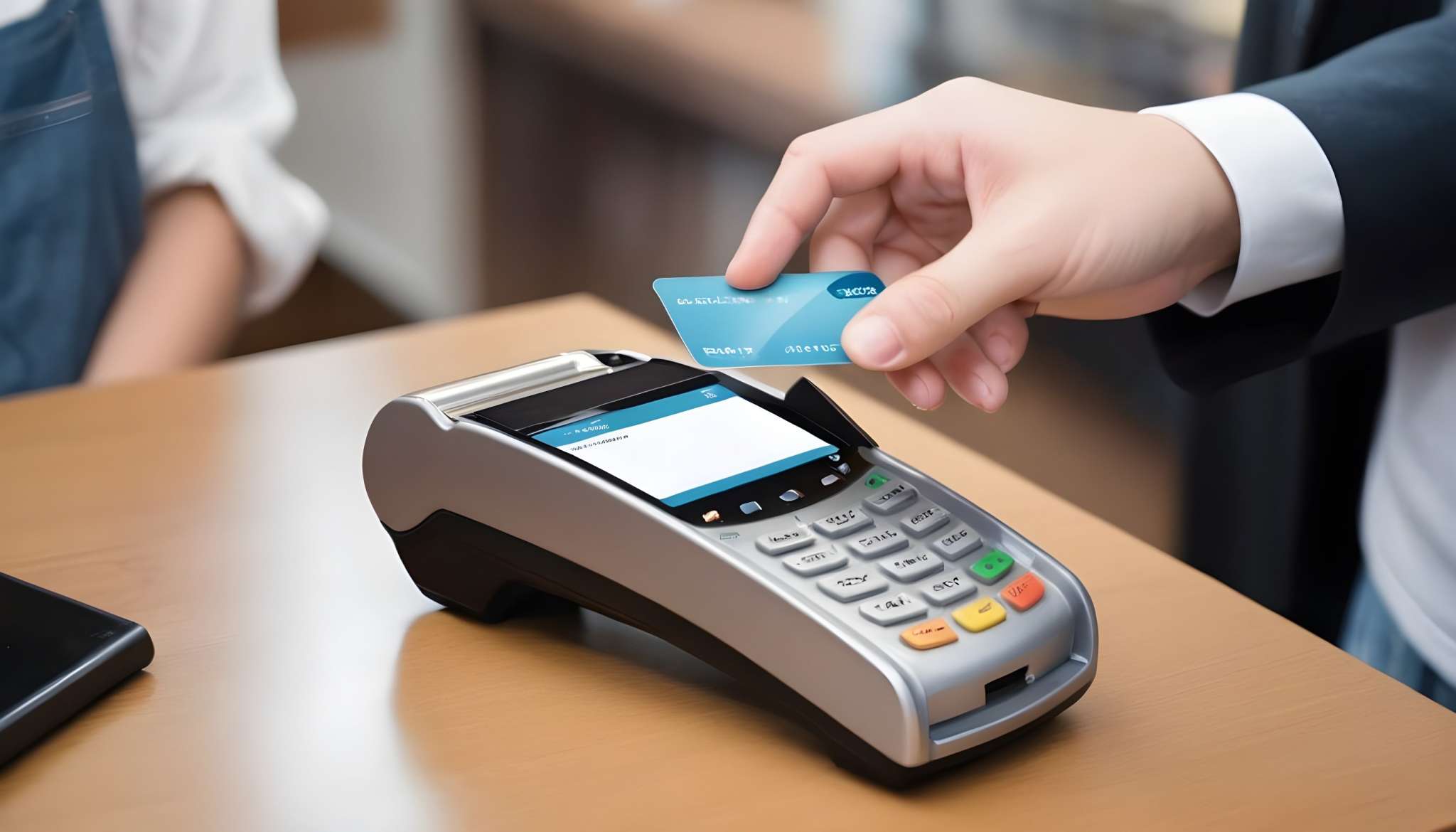Table of Contents
In 2028, the number of mobile or handheld point-of-sale (POS) system users is projected to reach 101.10 million.
This figure highlights the emergence of portable POS systems across industries, including the restaurant segment, indicating a shift toward more flexible and convenient service models.
However, these handheld devices offer benefits beyond flexibility and convenience. But how exactly are these systems transforming the restaurant industry’s dining experience and operational efficiency?
Defining Handheld POS Systems
Handheld POS systems are compact devices that allow staff and servers to manage transactions at the table. These tools swiftly transmit orders to the kitchen to ensure quick dish preparations.
At the same time, they have payment integrations that eliminate the back-and-forth dropping of checks, running for payments, and returning with the receipt.
Adopting handheld POS systems is worth considering if you’re a full-service restauranteur.
How Handheld POS Systems Upscales the Restaurant Industry
Besides seamless transactions and order taking, here’s how handheld POS systems enhance your operational efficiency:
Straightforward inventory management
Mobile POS systems have intuitive interfaces. Functions are clear and organized to make the navigation process more manageable.
As a result, staff, servers, hosts, and kitchen workers spend less time finding information, making the operations more efficient.
For example, importing restaurant data, such as menus, reservations, and table arrangements, is fast and straightforward. You can even update them instantly as things change.
Upgraded customer service and expanded sales
With a portable POS system, customers only enter their orders once, which are automatically transmitted to the kitchen. You can also integrate the system with preparation requests and other customizations to simplify the experience.
Some POS mechanisms even allow you to enter allergy alerts and nutritional information, eliminating the need to check with the kitchen when faced with specific requests or questions.
Bill splitting is another feature of mobile POS systems. This function is excellent for groups arriving or departing at different times, allowing them to settle their bills accurately whenever they want.
Also, the payment process lets customers complete their transactions quickly, increasing table turnover. This way, you can immediately accommodate new customers during peak hours.
Minimizes order errors
Increased order accuracy helps reduce food returns, which minimizes food waste and enhances kitchen efficiency. This advantage enables you to maximize food supply and staff hours, resulting in smoother operations and a better dining experience.
You can also achieve these error-free transactions on reservations, group bookings, and server assignments. Rather than spending time on manual checking and corrections, your staff can maximize productivity by reviewing the information in just a few clicks.
Potential Pitfalls
Mobile POS systems also have their setbacks, including:
Security dilemmas
Customers are wary of these devices’ security. However, POS providers know these concerns and are actively developing safety features.
Regularly updating your POS devices can help you avoid breaches. Installing industry-recognized antivirus software and using commercial-grade routers can also reduce the risks.
Internet connection
Many portable POS systems operate in the cloud, which you can only access with an internet connection. If the internet connection fails, your POS system won’t work.
If your internet connection doesn’t have enough bandwidth, your POS won’t load and record transactions correctly.
We suggest choosing a solution that isn’t reliant on the Internet. Or, you can have offline POS systems as backups.
Technical support
POS systems crashing during peak hours is a nightmare. You could miss significant sales when you can’t receive orders and payments.
Besides having backup systems, choose a POS system with 24/7 remote technical support to lessen the impact of this issue.
Existing system integrations
It would be best to consider how your portable POS system will integrate with existing software like accounting and loyalty solutions. This way, you can avoid downtimes that would inconvenience the staff and customers.
Choosing a Handheld POS Provider
With these potential setbacks in mind, the other things you must consider when choosing a mobile POS provider:
- Support for other digital payment methods, such as PayPal, Google Pay, and Apple Pay
- Contactless payment and e-commerce integrations for online ordering and deliveries
- User-friendly POS app with built-in barcode and QR scanners (if necessary)
- Features that accept electronic signatures
Choosing a POS provider that can provide these comprehensive solutions is crucial. Providers like SpotOn are at the forefront of the market, offering a handheld POS system tailored to the evolving needs of the contemporary restaurant industry.
Accelerate Your Sales Growth With a Handheld POS System
Handheld POS technologies can bring your restaurant to new heights of efficiency and customer service.
By adopting these systems, you’re not just modernizing your operations but also establishing an environment where each transaction is a growth opportunity, and every customer interaction is a step towards loyalty.


